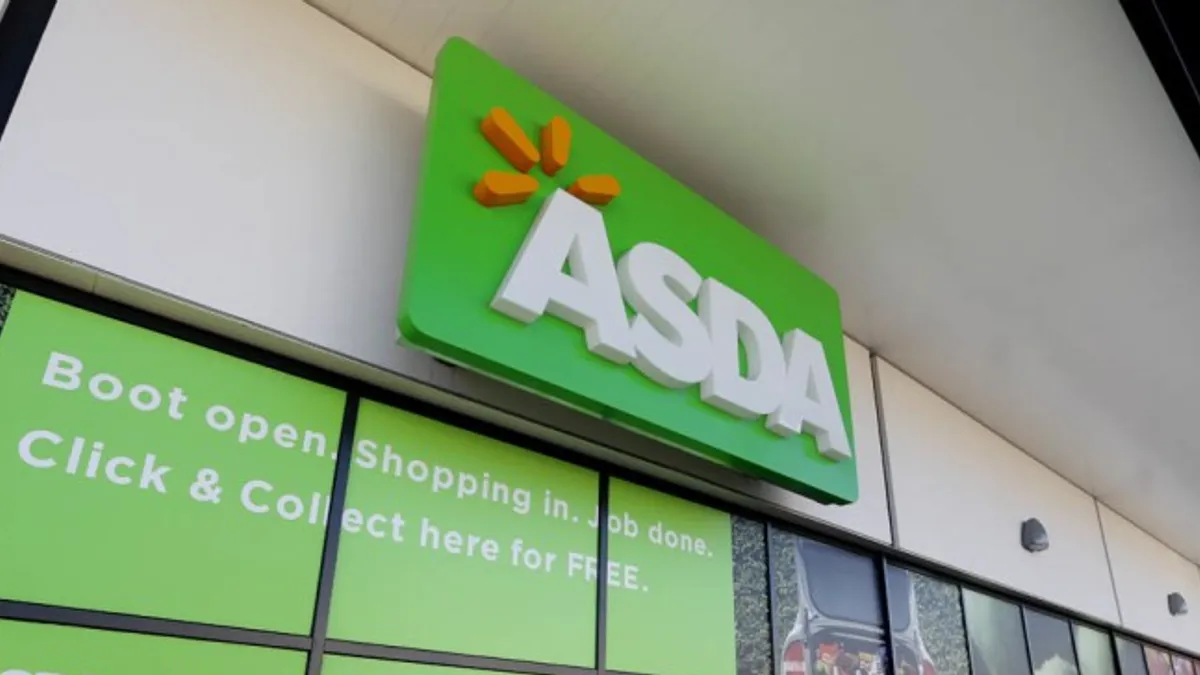Asda is one of Britain's leading retailers, serving more than 18 million shoppers every week from a network of supercentres, superstores, supermarkets, and other formats. Asda has partnered with Planalytics to incorporate analytics into their demand forecasting system that drive weather-based, store-level replenishment adjustments across a wide array of products.
The following interview is with Nigel Turton, senior supply chain manager with Asda's Supply Insights & Systems team. Nigel has been involved with the Planalytics' initiative since the beginning, helping rollout, test, expand, and track performance results of weather-driven demand analytics within Asda.
Why was gaining a better understanding of how the weather impacts the business so critical for Asda?
(Nigel Turton): "As a retailer here in the UK, the weather has always played an important part in influencing customers and what they purchase. Whether that is the sun shining and more burgers and ice cream being sold, or cold, icy mornings that make us crave warm comforting food like soup.
When we are talking to our store managers on the daily conference call, whether that's to review performance or discuss how things are looking on the shopfloor, the weather is almost a constant topic of discussion. Our job is to ensure we have the right product for our customers at the right times and we don't want to disappoint them. So as a Supply Team we always have to ensure we are constantly looking at the weather and ensuring we can adapt our supply to match whatever weather is thrown at us."
How did the business come to the conclusion it needed to leverage weather analytics rather than use weather data and forecasts?
(NT): "Ensuring that the right seasonality shape is built in the base forecast is where it all started for us back in the 1990s when we centralised forecasting and replenishment into the Home Office. The analytics required for that were not difficult, the systems and processes we had ensured this was a core part of the job.
We also started to use tactically placed inventories to cope with sudden spikes due to weather, which avoided the need to be analysing and reacting to the daily impacts. But holding inventory for weeks or months at a time 'just in case' became an area to optimise as the years have passed by. Space in stores and DCs is a premium, as is the cash tied up in the inventory, so we had to look to improve our daily sales forecasts to move us to a more 'just in time' approach and away from the 'just in case' mentality.
In the 2000s, internally we began some rudimentary analytics of how the weather impacted our sales by product group and by groups of stores. We coupled this with a third-party 14-day weather forecast and built a process that allowed the teams to make judgement-based 'weather calls' that resulted in us loading daily forecast adjustments to influence the orders and inventory in our stores.
Over time we refined our analytics as we learned more, but as we landed in the 2010s we were reaching the limits of our abilities to crunch the amount of data required to help us get to the next level of granular analysis. So we started looking at alternatives that would do the analytics for us."
What key learnings can you share from your experience integrating weather analytics into your demand forecasting systems?
(NT): "We always adjusted our forecasts for the weather even before we partnered with Planalytics, and this may have made it harder for us to move to Planalytics versus if we had been doing nothing for weather.
We worked hard to demonstrate back to the business that Planalytics could improve our performance, although finding a methodology that worked for our business took time. Once we began implementing we engaged the teams with the new forecast adjustments from Planalytics. Everyone has their own ideas about how weather impacts certain products and everyone has varying multiple weather forecasts at their fingertips. The important part was to present a consistent data-driven analysis approach and focus the teams on reviewing the outputs and creating a feedback loop so we have the right outcome for the customer."
Can you share any information regarding the benefits realised?
(NT): "I can't share the specifics, but our goal when we set out was to improve the accuracy of our forecast adjustments at store level and close the gap between the best and worst stores when it came to availability and waste performance when impacted by weather and using this tool we can say we've achieved this. The results we are seeing have exceeded our expectations and this project is making a real difference to our business."
_________
Planalytics continues to work with Asda to ensure the analytics are maximising forecast accuracy and value return through improved availability and waste reductions. Nigel wrapped up the discussion by saying "the team at Planalytics are great and their multi-disciplined team are right there on every call with us. They are always very supportive, willing to help in any way they can, and always at the front of their mind is how we get most business benefit from their service."
From a Planalytics perspective, the opportunity to work closely with a leading and innovative player has been wonderful and the continuing relationship is only helping to further optimise the deployment and benefits that weather-driven demand brings to grocery replenishment.










